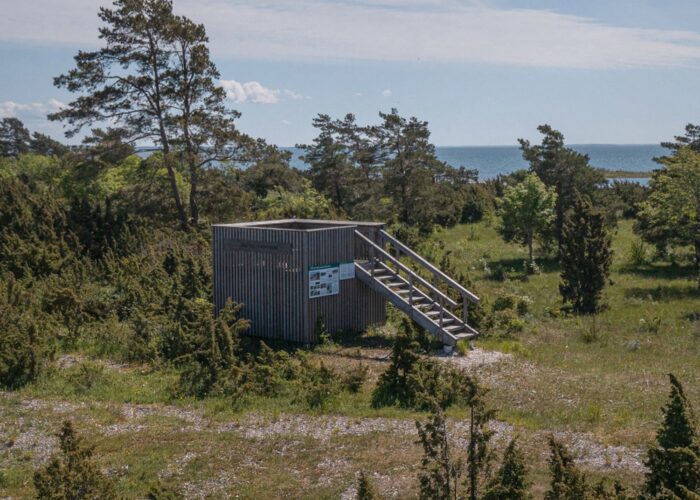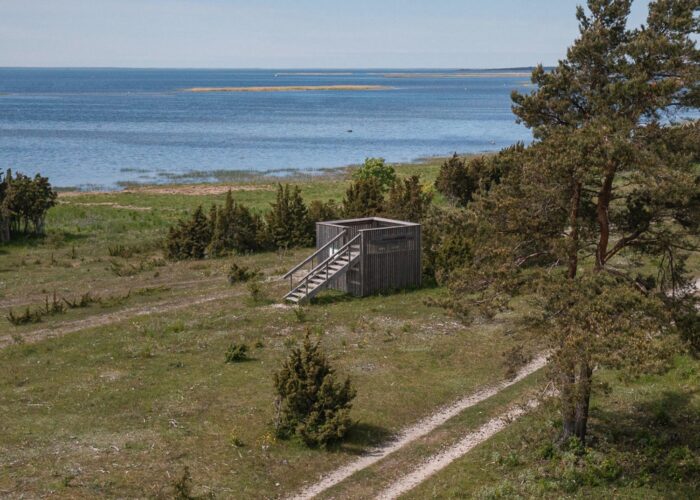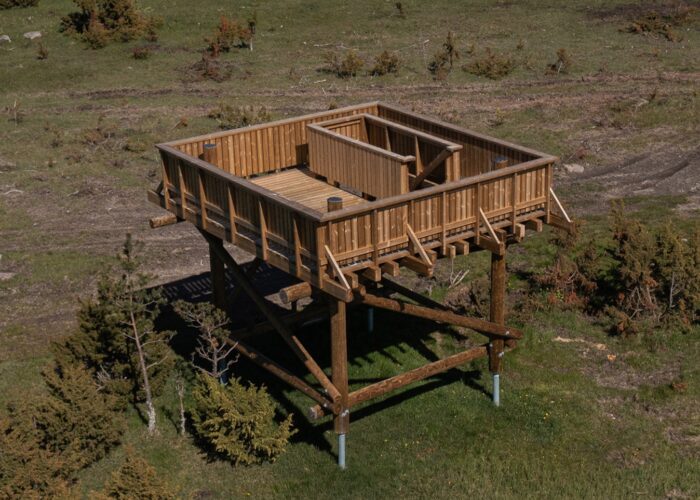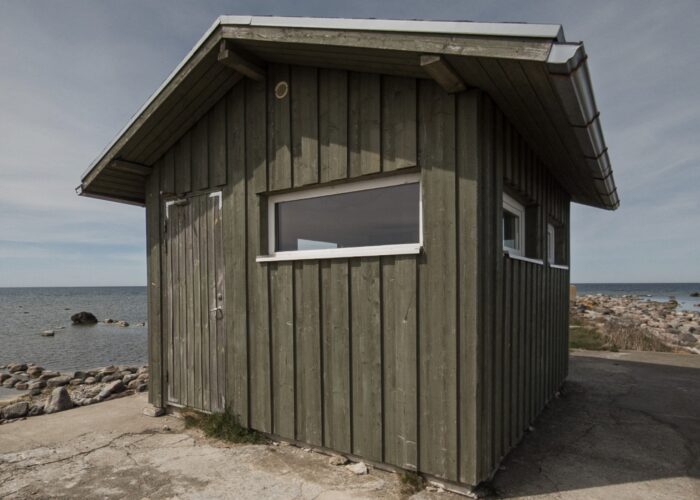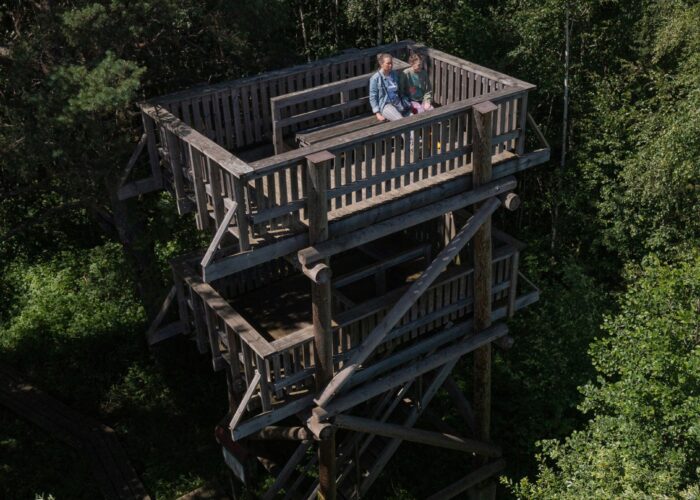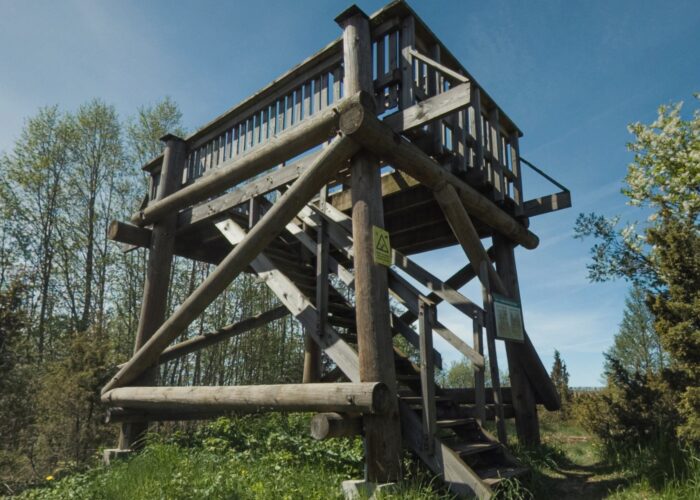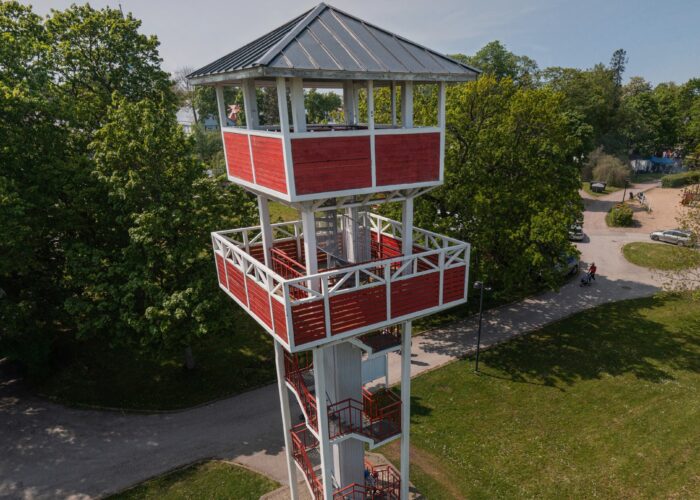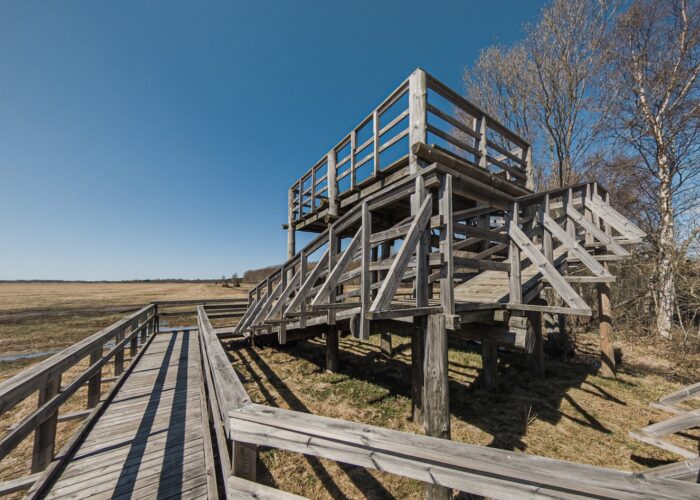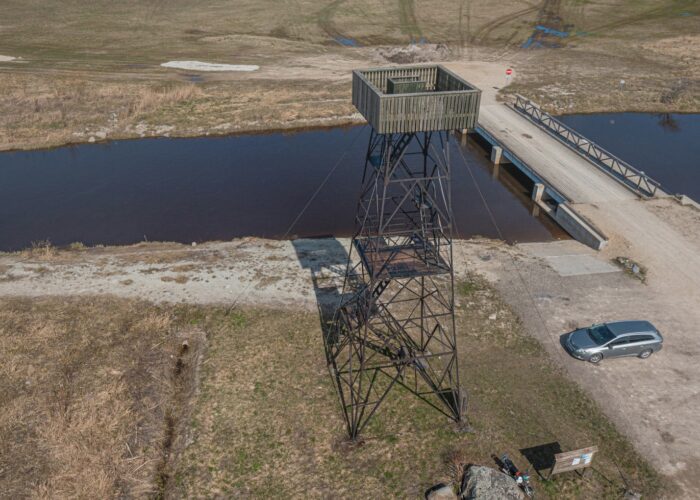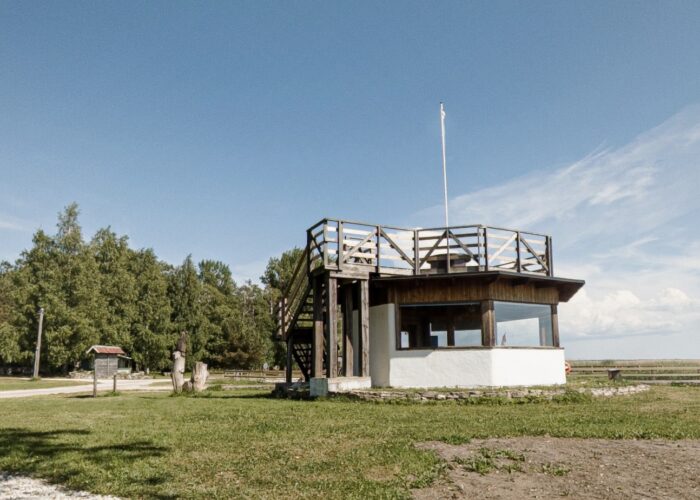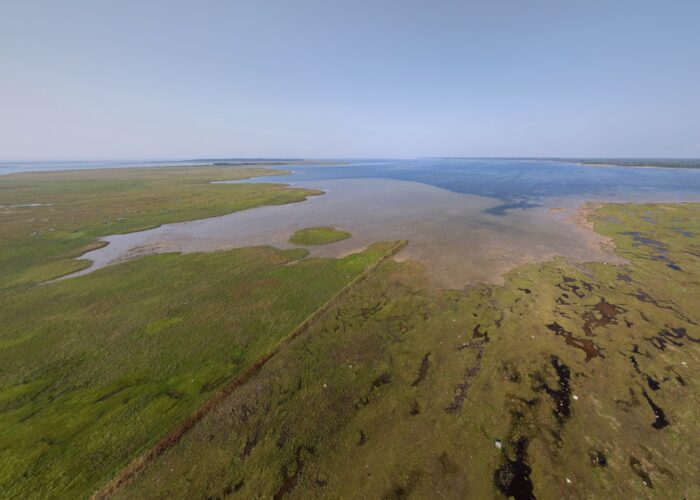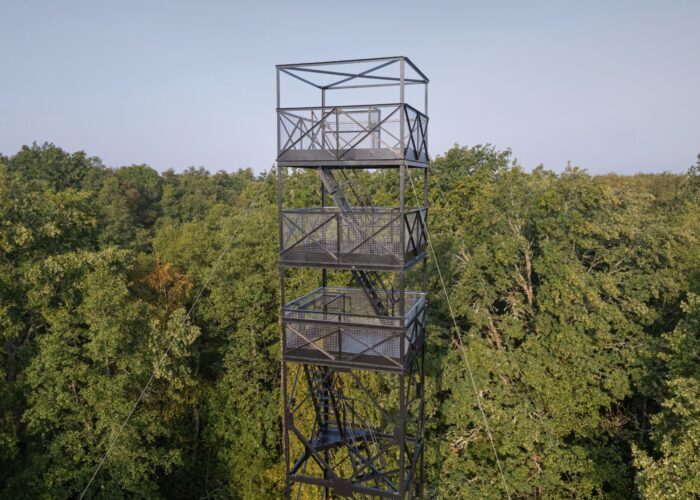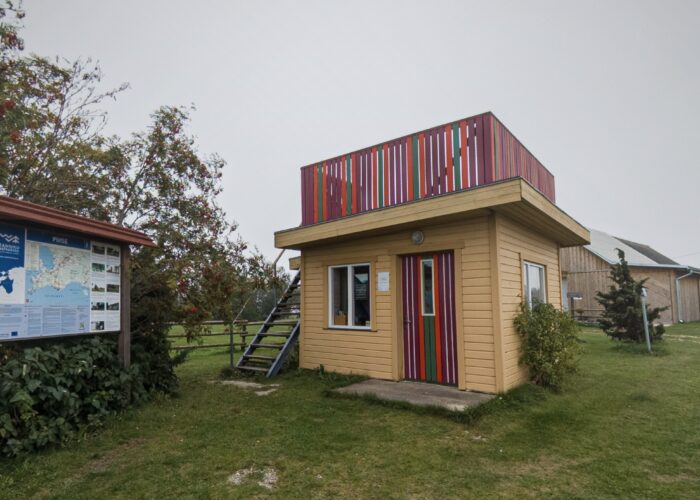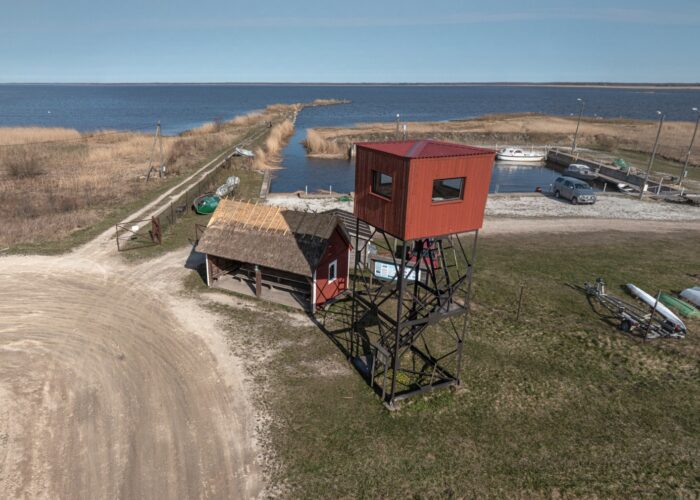Matsalu’s bird paradise is more than just a paradise for birdwatchers. Matsalu is a location beside a shallow sea bay where you can stop for a while to watch and listen. Matsalu reveals its secret to everyone who comes to discover the wide variety of birds here.
Matsalu’s bird year begins with the early spring concert of Northern swans in early April. The clucking that can be heard for kilometres serves as a signal to thousands of other birds that spring has arrived. Every day, more new birds appear on the waters here, on the open beach meadows and on the flooded-meadows. Matsalu’s bird spring peaks in the first weeks of May, when tens of thousands of barnacle geese make stops on their journey. White-tailed eagles occasionally test their awareness, something that no Matsalu nature tour would be complete without witnessing.
Tens of thousands of migratory birds leave this area, but the bird life here does not stop. Many bird species nest in Matsalu’s beach meadows, reed beds, bogs and small sea islands; these species are best observed in the summer.
Migratory birds are expected in Matsalu at the end of summer. In Matsalu, the bird autumn occurs from August to November. Its brightest moment is the nocturnal flight of thousands of common cranes on September evenings. Listening to the melancholy calls of migratory crane flocks is an unforgettable experience.
If you’ve been to Matsalu before, it’s always worth coming back. Every bird year in Matsalu is different and every day spent in nature is unique. However, if you have not yet discovered Matsalu’s bird species, you should go and learn about their secrets.
Matsalu National Nature Reserve was created in 1957 for the protection of breeding, moulting and migratory birds and was renamed Matsalu National Park in 2004.
Matsalu’s most valuable asset, after migratory birds, is its well-preserved semi-natural communities, which include shallow beach meadows, open flood-meadows, alvars and woodland meadows. Estonia’s largest reed fields are also in Matsalu. The delight of discovery in the approximately 500 km2 protected area is enough to last for a long day or maybe a weekend.
Read more about Matsalu National Park here.
